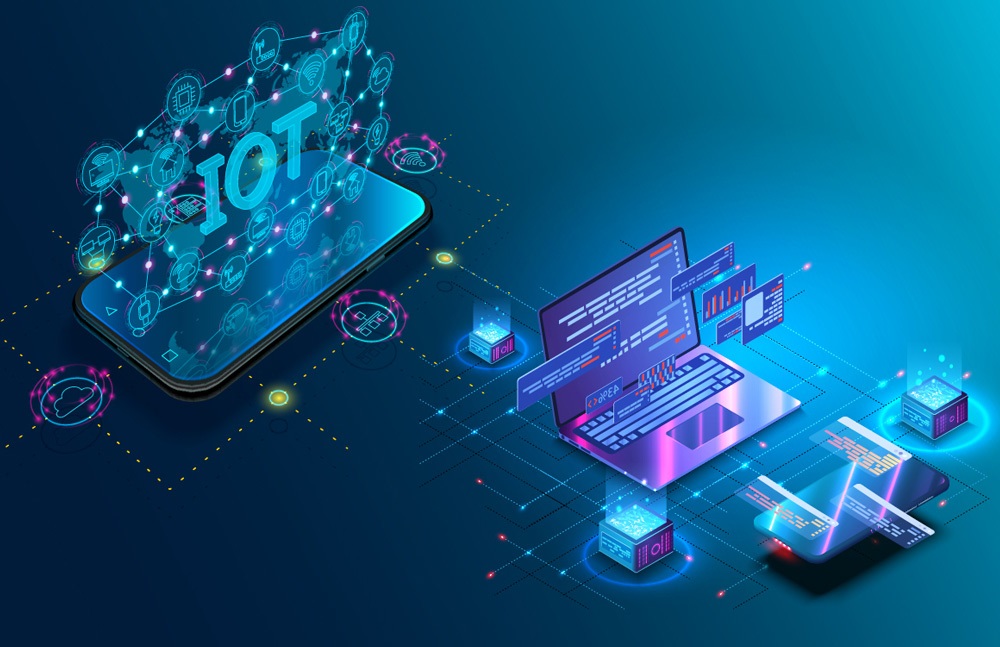The proliferation of Internet of Things (IoT) solutions has revolutionized industries, enabling connectivity, automation, and data-driven insights. However, along with the benefits, the widespread adoption of IoT solutions also brings significant security and privacy concerns. As IoT ecosystems become increasingly complex and interconnected, it becomes crucial to address these concerns to ensure the development of resilient and trustworthy IoT solutions. In this blog, we will explore the security and privacy challenges in IoT solutions and discuss effective strategies to mitigate risks and build resilient IoT platform.
Understanding Security and Privacy Challenges in IoT Solutions
- Growing Attack Surface
The expansive and diverse nature of IoT solutions significantly increases the attack surface for potential cyber threats. Each connected device becomes a potential entry point for malicious actors to exploit vulnerabilities, compromising the entire system.
- Data Privacy Risks
IoT solutions generate vast amounts of data, often including personal and sensitive information. Inadequate data protection measures can result in unauthorized access, data breaches, and privacy violations, leading to severe consequences for individuals and organizations.
- Lack of Standardization
The need for standardized security practices across IoT devices and platforms introduces vulnerabilities. Devices with weak security measures can be exploited to gain unauthorized access to the network or launch attacks on other devices, compromising the overall security of the IoT ecosystem.
Strategies for Mitigating Security and Privacy Risks in IoT Solution
- Secure Device Authentication and Authorization
Implementing robust authentication and authorization mechanisms is critical to ensuring the integrity of IoT solutions. Each device should have a unique identifier and undergo a secure authentication process before accessing the network, preventing unauthorized devices from gaining access.
- Encryption and Data Protection
End-to-end encryption should be employed to protect data transmission between IoT devices and the cloud. Additionally, data-at-rest and data-in-transit should be encrypted to prevent unauthorized access. Strong encryption algorithms and key management practices should be implemented to safeguard sensitive information.
- Regular Security Updates and Patch Management
Frequent security updates and patch management are vital to addressing vulnerabilities in IoT devices and platforms. Manufacturers should provide regular firmware and software updates, and users should ensure timely installation to protect against known security vulnerabilities.
- Implementing Access Controls and Segmentation
Network segmentation and access controls help limit the exposure of critical assets and reduce the impact of a potential breach. Implementing firewalls, virtual LANs (VLANs), and strict access control policies can prevent lateral movement within the network and isolate compromised devices.
- Privacy by Design and Data Minimization
Privacy should be a fundamental consideration throughout the development of IoT solutions. Adopting a privacy-by-design approach ensures that privacy measures are built into the system from the beginning. Additionally, data minimization techniques should be employed to collect and retain only necessary data, reducing the risk of data breaches and privacy violations.
Building Resilient IoT Platforms
- Robust Incident Response and Recovery Plans
Developing comprehensive incident response and recovery plans is crucial for mitigating the impact of security incidents. Organizations should establish protocols for detecting, responding to, and recovering from security breaches promptly.
- Continuous Monitoring and Threat Intelligence
Implementing a robust monitoring system that continuously monitors IoT devices and network traffic can help detect and respond to security threats in real-time. Integrating threat intelligence feeds can provide proactive insights into emerging threats and vulnerabilities.
- Security Testing and Penetration Testing
Regular security testing, including vulnerability assessments and penetration testing, helps identify and address vulnerabilities in IoT solutions. By simulating real-world attack scenarios, organizations can identify weaknesses and implement necessary security measures.
Conclusion
Addressing security and privacy concerns becomes paramount as IoT solutions continue to expand and evolve. Organizations can mitigate risks and build resilient IoT platforms by implementing effective strategies such as secure authentication, encryption, access controls, and privacy by design. Additionally, continuous monitoring, incident response plans, and security testing play crucial roles in maintaining the security and privacy of IoT solutions. With a comprehensive approach to security, we can pave the way for the widespread adoption of resilient and trustworthy IoT solutions.
FAQs
Q1: Are all IoT devices equally vulnerable to security threats?
A1: No, the vulnerability of IoT devices varies depending on factors such as device type, manufacturer, and security measures implemented. However, it is crucial to ensure security across all devices and platforms to prevent potential vulnerabilities from being exploited.
Q2: How can data privacy be ensured in IoT solutions?
A2: Data privacy can be ensured in IoT solutions by implementing strong encryption techniques, access controls, and data anonymization practices. Additionally, adopting privacy-by-design principles and minimizing data collection and retention can protect sensitive information.
Q3: How often should security updates be applied to IoT devices?
A3: Security updates should be applied as soon as they become available. Regular updates and patch management are essential to address vulnerabilities and protect IoT devices from emerging threats.
Q4: What is the role of user awareness in IoT security?
A4: User awareness is crucial in maintaining IoT security. Users should be educated about best practices such as strong password management, avoiding suspicious links, and regular updates. This helps prevent common security risks and reduces the likelihood of successful attacks.
Q5: Are there any industry standards for IoT security?
A5: Several industry standards and frameworks exist for IoT security, such as the IoT Security Foundation (IoTSF), Industrial Internet Consortium (IIC) Security Framework, and NIST Cybersecurity Framework. These provide guidelines and best practices for ensuring security in IoT solutions.




